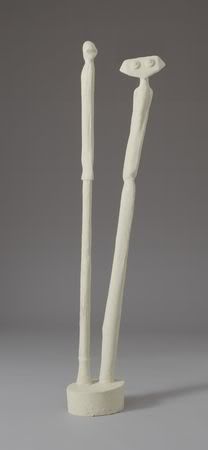From 2000
New Information Supports Claim Viking Discovered Life in 1976
San Diego - August 1, 2000 - Hot on the heels of NASA's decision to land new rovers on Mars, the debate over the existence of life on the red planet is heating up. Dr. Gilbert V. Levin, a chief proponent, today advanced his claim to finding living microorganisms on the elusive planet 25 years ago.
Dr. Levin, one of a trio of scientists, including himself and another who participated in NASA's Viking Mission, was presenting a paper at the Annual Meeting of the International Society for Optical Engineering refuting the mainstay arguments against life on Mars.
He contends that those arguments -- the presumed absence of organic matter and of liquid water -- are no longer tenable.
Levin, senior author of the paper and President of Biospherics Incorporated (NASDAQ/BINC), Beltsville, Maryland, was Experimenter on the Viking Labeled Release (LR) life detection instrument that landed on Mars in 1976.
His tests produced evidence for life that sparked a continuing controversy. The consensus of interested scientists has been that the Viking LR results on Mars, though positive, were chemical in origin and not biological.
However, in a 1997 publication, following two decades of study, Levin finally concluded that Viking had, indeed, detected living microorganisms on Mars.
Acknowledging that many scientists may remain unconvinced, he now proposes a new test to settle the issue once and for all, and urges that it be sent on the next lander mission to Mars.
Co-author Dr. Arthur Lafleur, Assistant Director of MIT's Environmental Health Science Center, provided information that refutes the most often cited argument against the LR life detection experiment -- the lack of organic matter, the stuff of life, on Mars, as reported by the Viking organic analysis gas chromatograph mass-spectrometer (GCMS).
Lafleur, who helped develop the Viking GCMS instrument, and a co-author of the original report of no organic matter on Mars, revealed unpublished results of pre-mission tests.
They showed that the instrument sent to Mars could easily have missed biologically significant amounts of organic matter in the soil, as it had in a number of tests on Earth.
Thus, the Mars GCMS results no longer can be considered proof that the LR failed to detect living microorganisms.
Co-author Dr. Lawrence Kuznetz, University of California, Berkeley, Department of Planetary Sciences, has put to rest the second prevailing argument against the possibility of life on Mars, that the atmosphere of the planet is too thin to support the existence of life -- essential liquid water.
Results of a laboratory study by a team of researchers led by Kuznetz showed that liquid water does exist under Martian environmental conditions. In addition, Kuznetz found results from 1960's tests of cooling systems of astronaut space suits showed that water exists in liquid form under atmospheric pressure as low as that on Mars.
The findings lend credence to a model for Martian water published in 1998 by Levin and his son, Ron, a Ph.D. physicist at MIT Lincoln Laboratory. Based on Viking and Pathfinder data, the model predicted amounts of moisture in the Martian soil equal to that found to nourish microbial life in the sand dunes of Death Valley, California.
Corroborated by the new NASA announcement of evidence for recent or current liquid water on Mars, these reports dispel the no-liquid-water issue against the Viking LR results.
...
http://www.spacedaily.com/news/mars-life-00i.html

